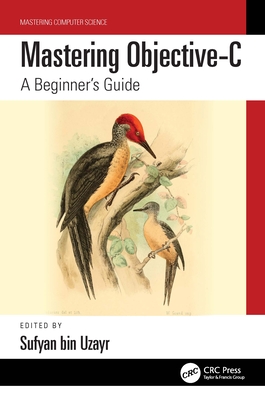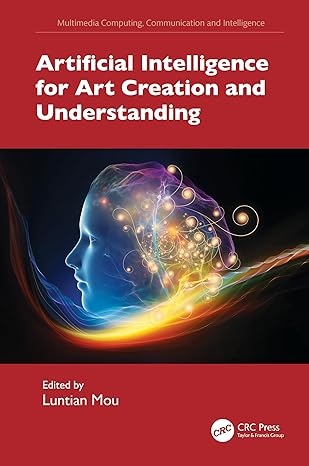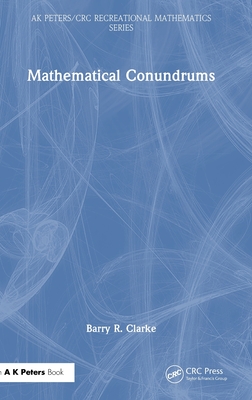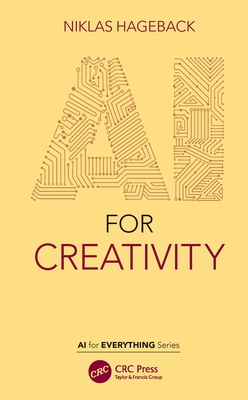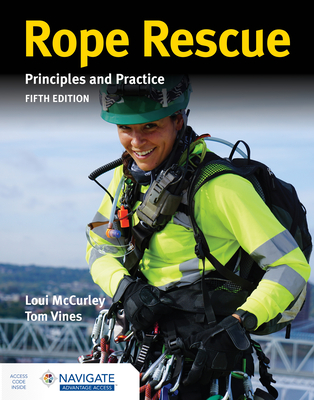
The Calculus Lifesaver
微积分的救星
¥
236.00
售 价:
¥
166.00
发货周期:预计1-3天发货!
作 者
出版时间
2007年03月25日
装 帧
平装
页 码
752
语 种
英文
综合评分
暂无评分
- 图书详情
- 目次
- 买家须知
- 书评(0)
- 权威书评(0)
图书简介
For many students, calculus can be the most mystifying and frustrating course they will ever take. The Calculus Lifesaver provides students with the essential tools they need not only to learn calculus, but to excel at it.
All of the material in this user-friendly study guide has been proven to get results. The book arose from Adrian Banner’s popular calculus review course at Princeton University, which he developed especially for students who are motivated to earn A’s but get only average grades on exams. The complete course will be available for free on the Web in a series of videotaped lectures. This study guide works as a supplement to any single-variable calculus course or textbook. Coupled with a selection of exercises, the book can also be used as a textbook in its own right. The style is informal, non-intimidating, and even entertaining, without sacrificing comprehensiveness. The author elaborates standard course material with scores of detailed examples that treat the reader to an "inner monologue"--the train of thought students should be following in order to solve the problem--providing the necessary reasoning as well as the solution. The book’s emphasis is on building problem-solving skills. Examples range from easy to difficult and illustrate the in-depth presentation of theory.
The Calculus Lifesaver combines ease of use and readability with the depth of content and mathematical rigor of the best calculus textbooks. It is an indispensable volume for any student seeking to master calculus.
- Serves as a companion to any single-variable calculus textbook
- Informal, entertaining, and *t intimidating
- Informative videos that follow the book--a full forty-eight hours of Banner’s Princeton calculus-review course--is available at Adrian Banner lectures
- More than 475 examples (ranging from easy to hard) provide step-by-step reasoning
- Theorems and methods justified and connections made to actual practice
- Difficult *ics such as improper integrals and infinite series covered in detail
- Tried and tested by students taking freshman calculus
本书暂无推荐
本书暂无推荐

